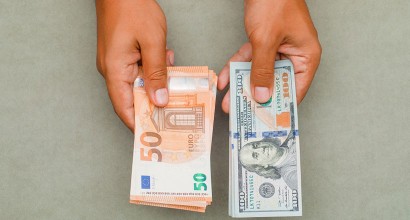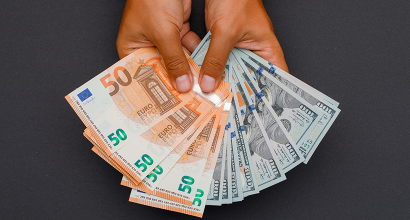PKR, INR, and BDT: Currency Exchange Comparison
When comparing the Pakistani Rupee (PKR), Indian Rupee (INR), and Bangladeshi Taka (BDT), there are some similarities as well as differences. These currencies serve as vital components of their respective economies, but each one faces unique challenges that influence its value.
-
Economic Performance
All three countries—Pakistan, India, and Bangladesh—have large, developing economies. However, India’s economy is much larger than Pakistan’s or Bangladesh’s, which means the INR is generally stronger. Pakistan and Bangladesh, while growing, face more challenges in terms of inflation and fiscal instability, which affects the strength of the PKR and BDT. -
Inflation and Central Bank Intervention
All three countries face inflationary pressures that weaken their currencies. However, India’s Reserve Bank of India (RBI) has more resources to manage inflation compared to the State Bank of Pakistan or the Bangladesh Bank. Consequently, the INR tends to be more stable than the PKR or BDT. -
Global Influence
The global market’s influence on each currency is significant. The value of the PKR and BDT can fluctuate more due to political instability, while the INR is more influenced by global oil prices and trade balances. Additionally, India's greater economic integration with the world economy makes the INR more susceptible to global economic changes than the other two currencies.
In conclusion, while the PKR, INR, and BDT each have their challenges, the INR typically remains stronger due to India’s large economy and global ties. The future of these currencies will depend on economic reforms, global market conditions, and inflation control measures.





